Wildlife
Winter weather increases wildlife interactions, here’s how to stay safe
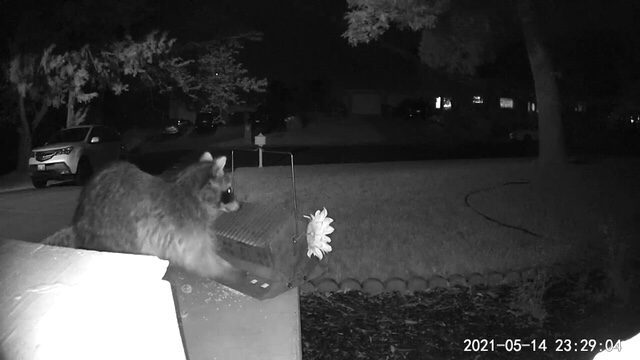
Racoon looking for food Photo: Courtesy of Utah Division of Wildlife Resources
UTAH — Human and wildlife conflicts have been an age-old problem and have only been compounding as more people head into nature and human development continues to expand, encroaching on wildlife habitats. From the Utah Division of Wildlife Resource’s (DWR) perspective, many encounters could remain positive by having healthy respect and general behavioral understanding. As much as we all would love to cuddle the cute fluffy animals, wild animals are just that, wild.
Winter is a challenging time of year for many species. Food is usually scarce, and weather conditions cause additional stress prompting migrations from many species, such as moose, elk, and deer, to move to lower elevations. These migrations to lower elevations also bring wildlife into more human-populated areas, increasing the potential for conflict.
“Getting too close to a wild animal can cause the animal to feel threatened,” DWR Capt. Chad Bettridge said. “If it feels threatened, it will sometimes act aggressively to protect itself. Plus, because it’s harder for some wildlife to find food in the winter, they need to conserve energy in order to survive. Constantly harassing or chasing species such as moose and deer cause them to use up some of the essential fat reserves and energy they need to survive.”
A frequent problem associated with bears in national parks and campgrounds, feeding wildlife can remove the association of humans and danger for wildlife. Certainly, having a feeder for mule deer and other wildlife and encouraging them to show up on your property can be a fun way to enjoy nature, but there are unintended consequences.
“Whenever someone feeds wildlife, those animals will frequently return to that area in search of food,” Bettridge said. “These areas are often near highways and towns. Concentrating deer and other wildlife near inhabited areas can sometimes result in increased traffic accidents and other human/wildlife conflicts. Attracting deer to your property through feeding can also attract predators, like cougars that follow deer herds. And while deer and moose are not predators, they are still wild animals and can be aggressive.”
The Park City Police Department (PCPD) log is consistently filled with calls received from a wild animal nearby, prompting a response. Many of these situations involve roadways and animals being dangerously close, raising the risk of collisions.
A prime example is mountain lions showing up on home security cameras. DWR explains that cougars have a natural territorial range that can average 100 square miles and even farther should conditions prompt that behavior. Three criteria help determine when a sighting should be reported to DWR if it has killed something in a neighborhood or yard, exhibits aggressive behavior, or appears on your security cameras several times.
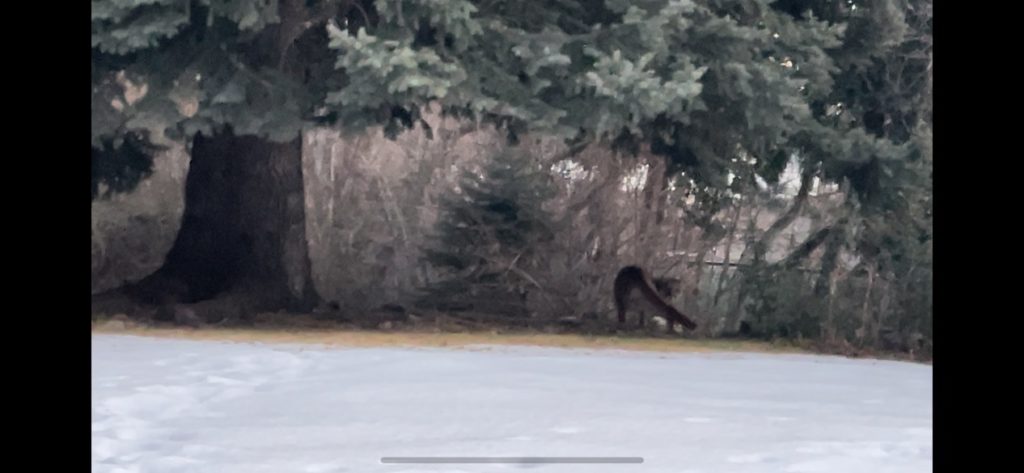
When it comes to moose walking through Park City or some other urban area notifying DWR can be a life-saving choice. Moose tend to be very aggressive, particularly so around dogs. From the potential of injury occurring for both a human and the animal, notifying DWR allows them to intervene safely and relocate the animal to protect the animal and human.
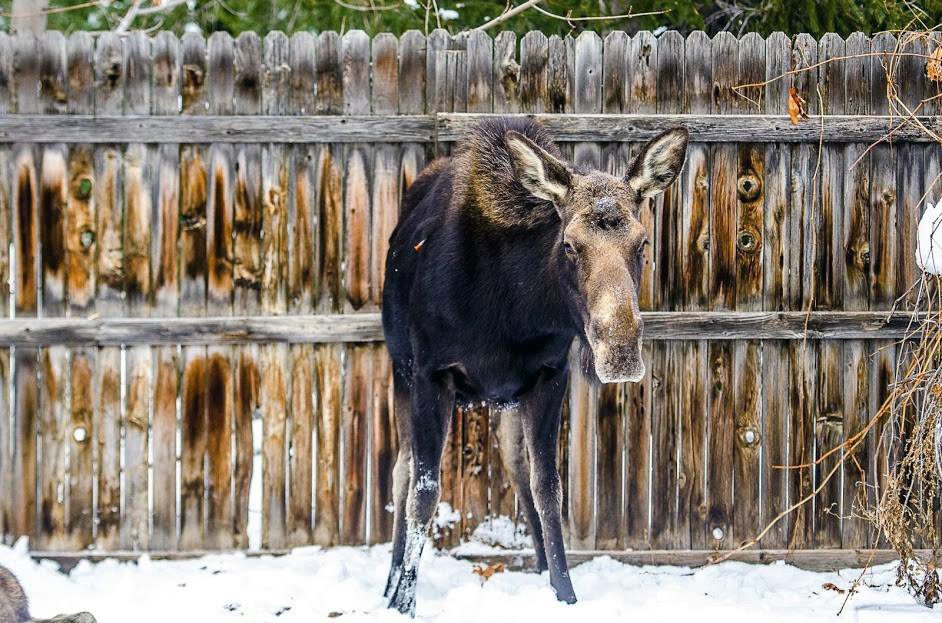
See the Wild Aware Utah website for additional wildlife safety tips and information. Should a situation arise, a list of DWR office locations and their contact information can be found on the DWR website.

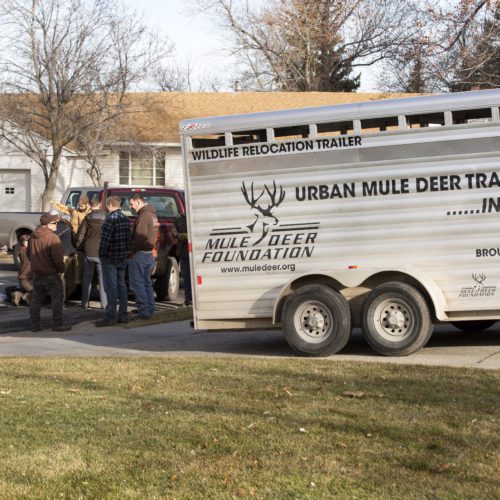
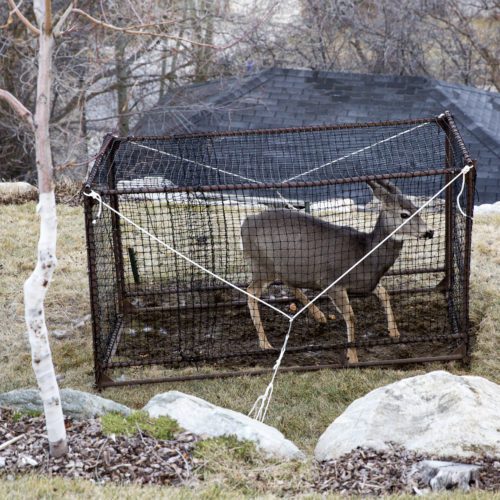










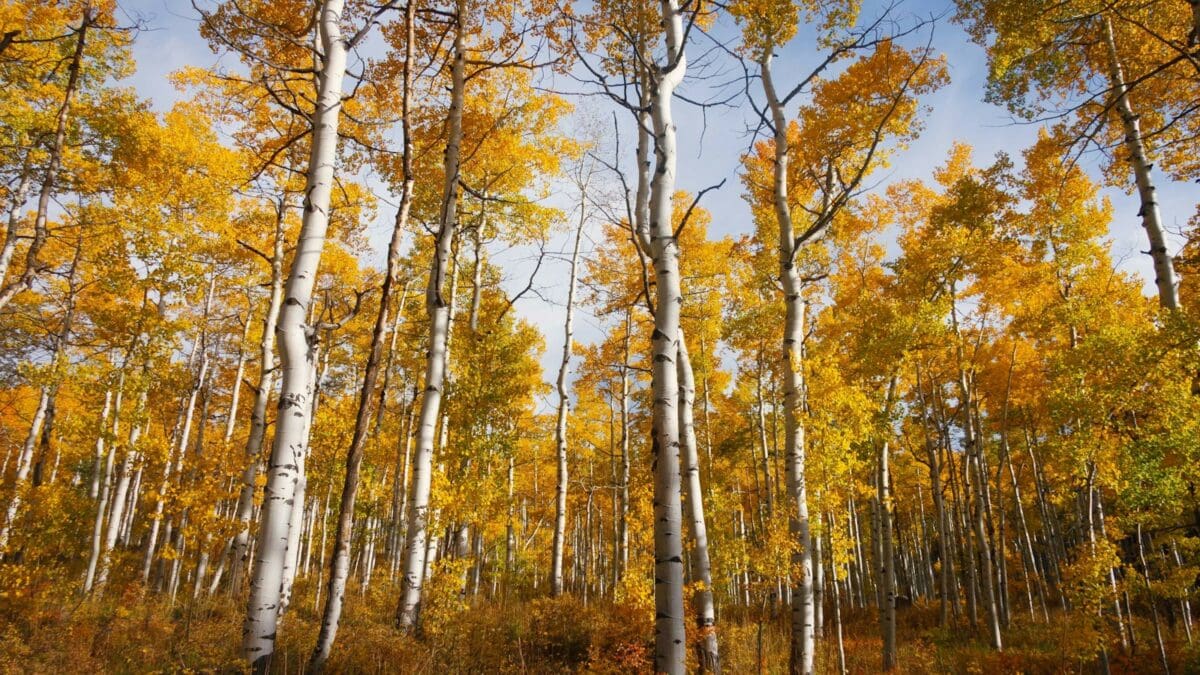
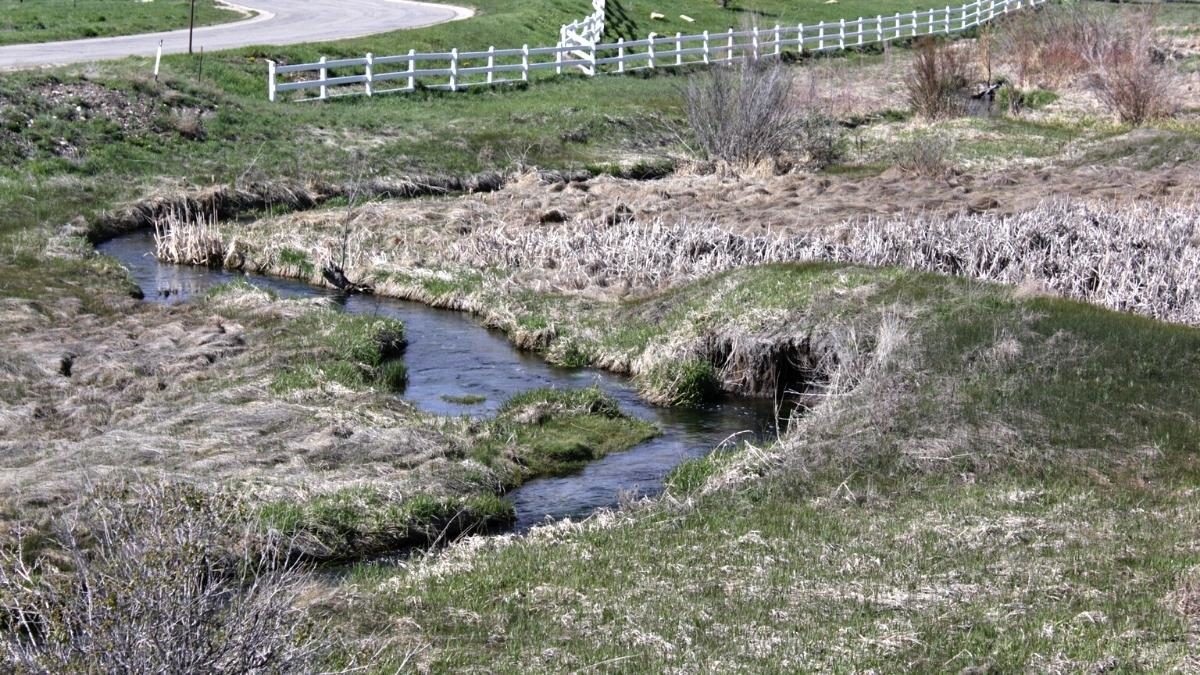
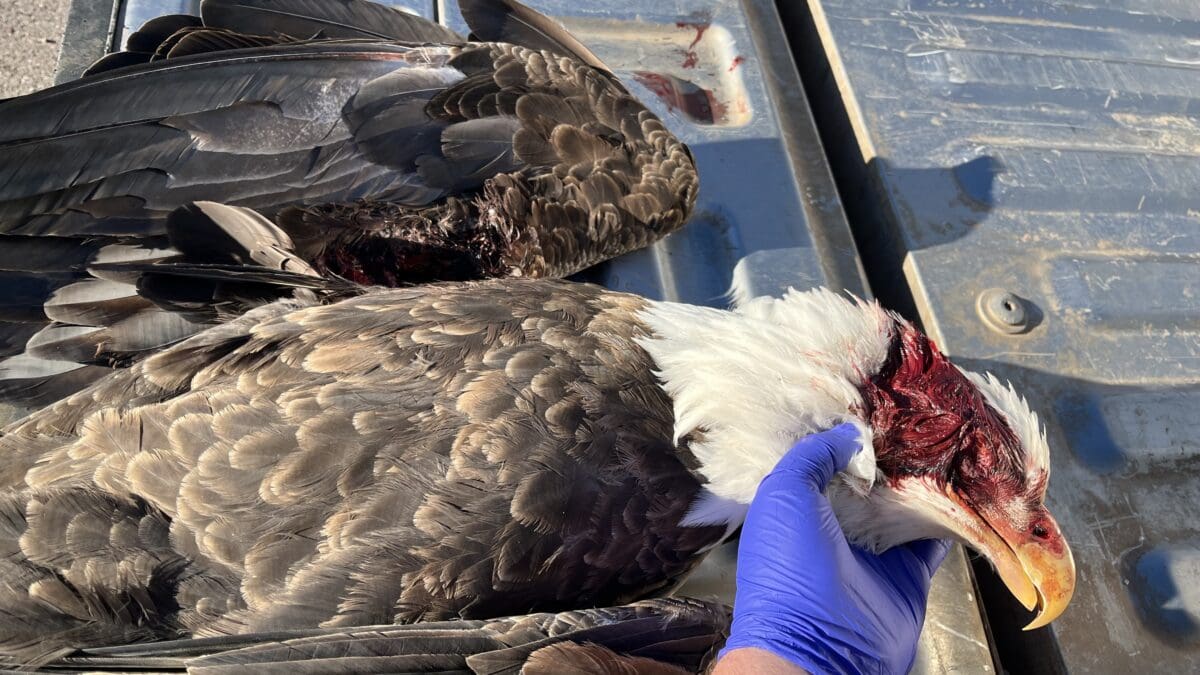
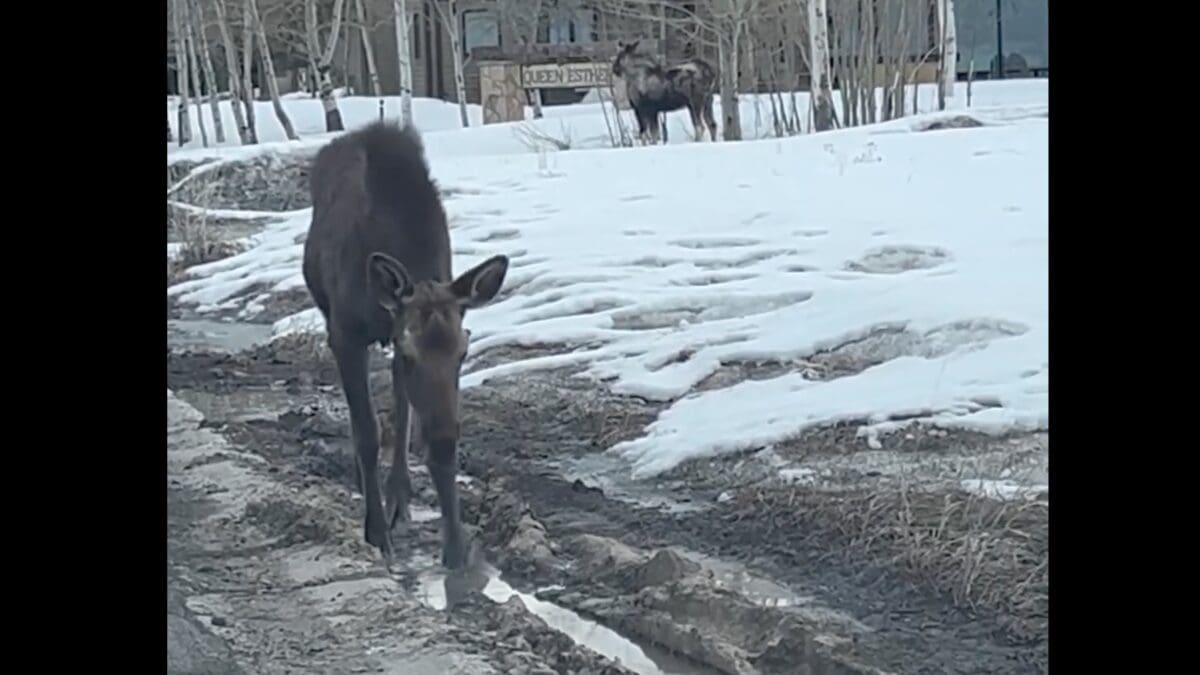
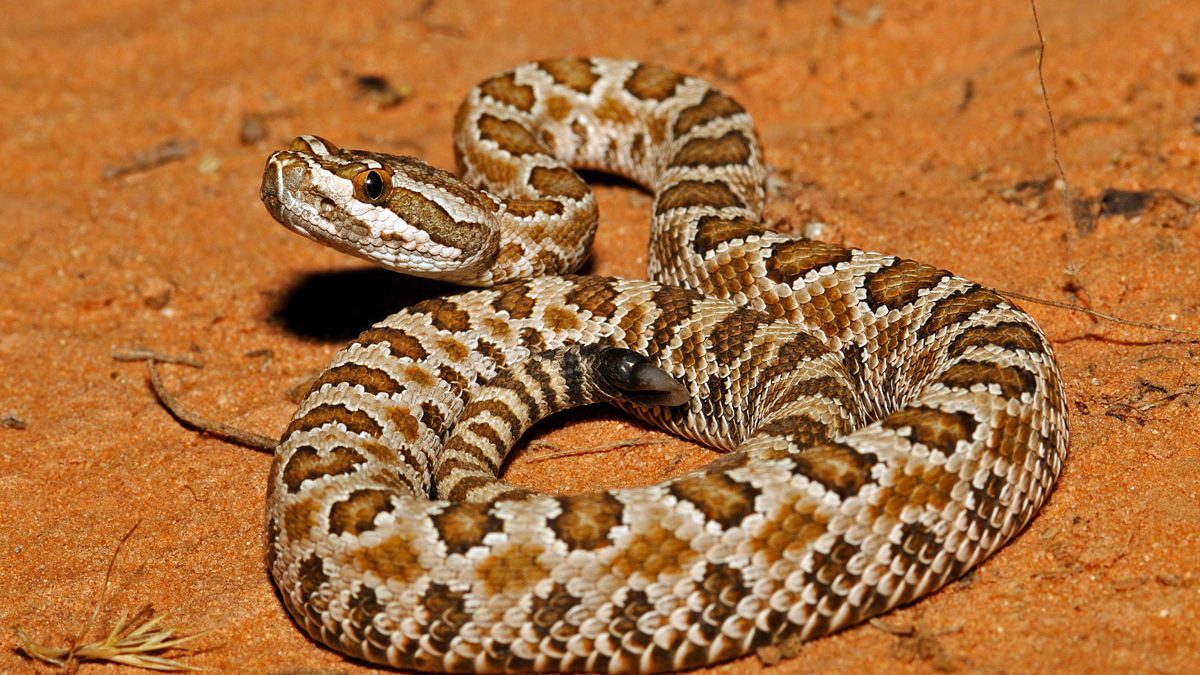
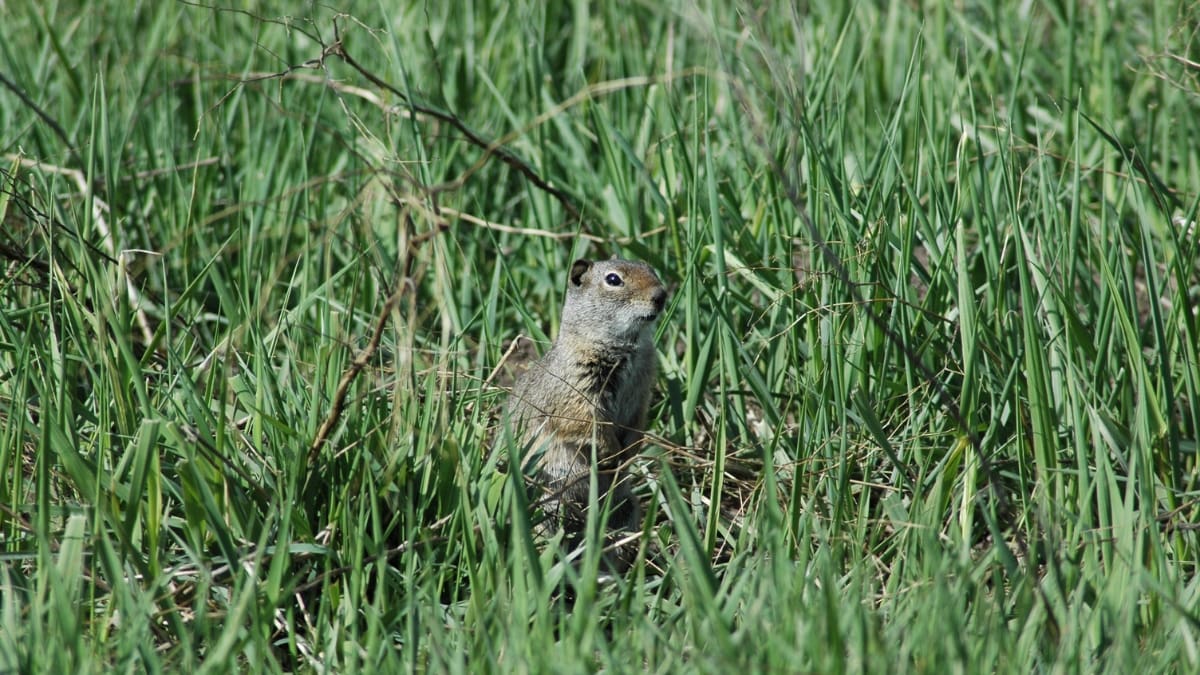
You must be logged in to post a comment.